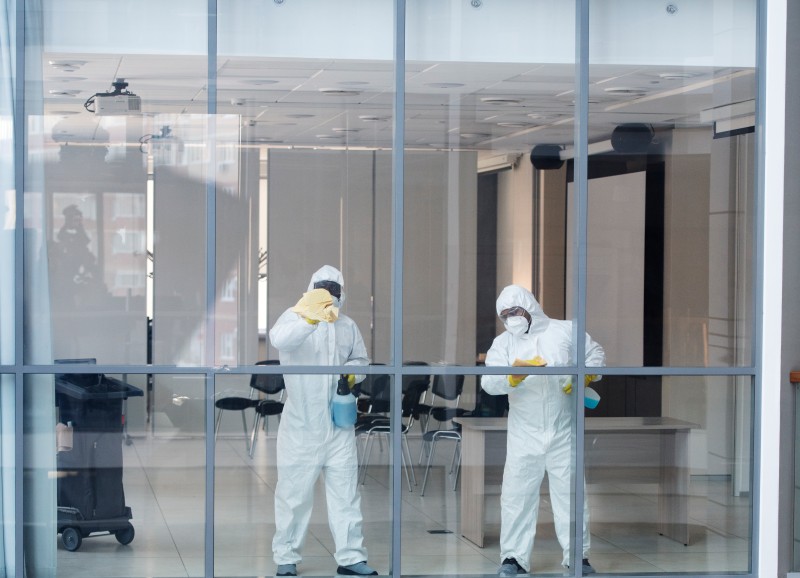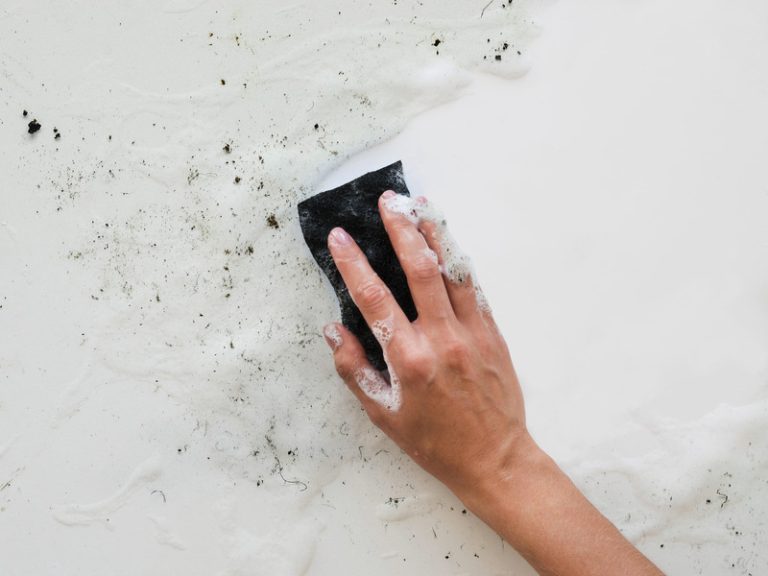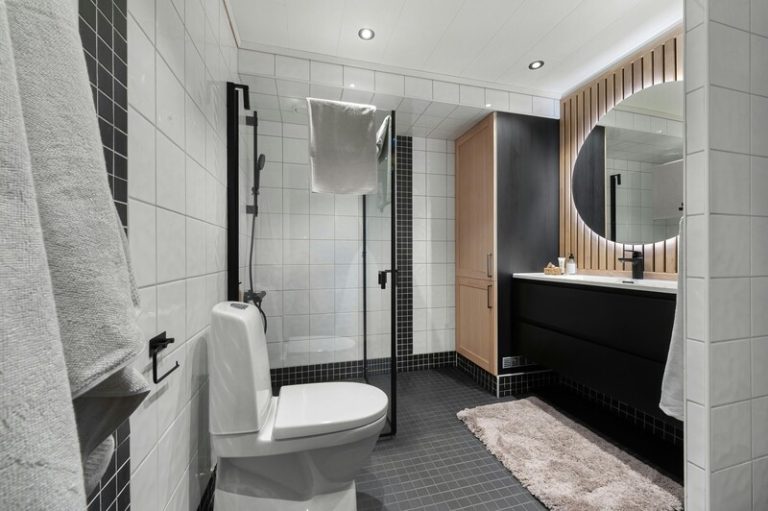In today’s bustling work environment, understanding how to disinfect office spaces has never been more critical. With employees frequently sharing desks, meeting rooms, and communal areas, the potential for germs to spread is significant, making effective cleaning and disinfection essential.
This article dives into the importance of keeping your office sanitized, shedding light on common pathogens that thrive in workspaces and the potential health risks they pose. By implementing proper disinfection protocols, not only can you safeguard your team’s health, but you can also enhance overall productivity and morale.
We’ll provide practical tips for effective office cleaning, including specific areas to focus on and recommended disinfectants to use. Equip yourself with the knowledge to foster a cleaner, healthier workplace that prioritises employee well-being and safety.
Why Is It Important to Disinfect an Office?
Disinfecting an office is essential for fostering a healthy work environment, preventing the spread of illnesses, and boosting employee productivity. Regular cleaning and disinfecting of surfaces, furniture, and high-traffic areas help eliminate harmful germs and viruses, making it vital for companies to learn how to disinfect office effectively.
According to the CDC, implementing robust disinfection practices safeguards employee health while enhancing workplace morale and efficiency. Personal protective equipment (PPE) plays a crucial role in protecting staff from harmful chemicals during the disinfection process.
a. What Are the Common Germs and Bacteria Found in Offices?
Offices are breeding grounds for various strains of germs and bacteria, including viruses, fungi, and bacteria that can thrive on surfaces. Common pathogens such as influenza, Staphylococcus aureus, and E. coli pose significant health risks, particularly in high-touch areas like desks and shared equipment. Regular cleaning and disinfecting are essential to mitigate these risks and ensure a healthier workplace.
Research shows that about 20% of workers catch illnesses linked to shared office spaces annually, emphasising the importance of diligent cleaning routines. Effective disinfection can eliminate up to 99% of harmful pathogens, making it crucial to prioritise high-frequency touchpoints for daily cleansing.
b. How Can Disinfecting an Office Help Prevent the Spread of Illness?
Effective office disinfection is key to preventing the spread of illnesses by eliminating harmful bacteria and viruses on commonly touched surfaces. Using cleaning products and disinfectants regularly helps reduce transmission among employees, creating a healthier work environment.
Studies indicate that offices implementing strict disinfecting protocols can see up to a 40% reduction in illness-related absenteeism, resulting in lower healthcare costs and increased productivity. By targeting high-touch areas, companies can ensure employees return home healthier and safer.
c. What Are the Benefits of Having a Clean and Disinfected Office?
A clean and disinfected office provides numerous advantages, including improved employee health, increased productivity, and enhanced morale. A sanitised work environment significantly reduces illness transmission, leading to fewer sick days and a more engaged workforce.
Organizations that prioritise cleanliness can enjoy as much as a 20% reduction in employee sick days, contributing to lower healthcare costs. A tidy workspace also boosts morale, as employees in clean environments often report increased satisfaction and productivity.
Tips and Tricks in Disinfecting an Office
Implementing effective tips for disinfecting an office streamlines the cleaning process and maximises germ reduction. Practices like isolating contaminated surfaces and maintaining regular waste disposal enhance workplace safety. Using appropriate cleaning products, such as hand sanitiser and soap, along with personal protective equipment, ensures protection for both workers and surfaces during disinfection.
Regular cleaning routines combined with targeted techniques for high-touch areas significantly improve overall hygiene. Understanding how to disinfect office spaces effectively is vital for reinforcing healthy habits and promoting employee well-being.
a. What Are the Basic Steps in Disinfecting an Office?
To disinfect an office, begin by cleaning surfaces with soap and water before applying appropriate disinfectants. This pre-cleaning step removes dirt, allowing disinfectants to work more effectively. After cleaning, use disinfectants registered with relevant authorities on high-touch areas and ensure they dwell for the recommended time to eliminate germs and viruses.
A systematic approach enhances safety: clear surfaces of unnecessary items for easier access, select disinfectants labelled for virus and bacteria control, and adhere to product guidelines for dwell time. Following these steps significantly reduces illness risk and fosters a healthier work environment.
b. What Are the Recommended Cleaning Products for Office Disinfection?
Recommended cleaning products for office disinfection include disinfectants and sanitisers specifically designed for high-touch surfaces. Choose products proven to eliminate viruses like coronavirus and M-pox while being safe for employees and office equipment. Incorporating these items into a regular routine greatly enhances workplace safety and health.
Effective choices include Clorox Commercial Solutions Bleach, Lysol Disinfecting Wipes, and CaviWipes. Always source from trusted suppliers and read labels for safety instructions to maximise effectiveness in combating harmful germs and ensuring a safe workspace.
c. How Often Should an Office Be Disinfected?
Offices should undergo regular disinfection, focusing on high-touch surfaces multiple times a day to effectively reduce the spread of germs. Establishing a cleaning schedule with daily, weekly, and monthly tasks is essential for a safe work environment. Factors like office size, employee numbers, and illness presence influence disinfection frequency.
A well-defined plan should include identifying high-traffic areas, incorporating employee feedback, and adjusting cleaning frequency during illness outbreaks. This proactive approach enhances overall well-being and productivity, demonstrating the importance of knowing how to disinfect office spaces regularly.
d. What Are Some Tips for Maintaining a Clean and Disinfected Office?
To maintain a clean and disinfected office, consistent effort and safe hygiene practices are essential. Encourage regular handwashing, provide hand sanitiser and N95 masks, and ensure proper waste disposal to reinforce a culture of cleanliness. Designating cleaning responsibilities among staff promotes accountability and high hygiene standards.
Employers can enhance this culture by establishing a dedicated cleaning schedule, creating engaging reminders for hand hygiene, and implementing clear waste disposal strategies. Regular workshops on cleanliness benefits can also foster ongoing education, leading to healthier and more productive work environments.
How to Disinfect Different Areas of an Office
Disinfecting various office areas necessitates tailored approaches, such as high-efficiency mopping to ensure effective cleaning of all surfaces and furnishings. Each zone, from reception to restrooms, presents unique challenges and requires specific cleaning products and techniques to combat germs effectively.
To master how to disinfect office areas effectively, focus on specific cleaning strategies for each zone, enhancing overall hygiene and reducing illness transmission.
a. Reception Area
The reception area, being the first point of contact, must be disinfected regularly to ensure a welcoming and hygienic environment. Key high-touch areas, including reception desks, seating, and door handles, require frequent cleaning with effective disinfectants to prevent illness spread. Utilising UK-registered disinfectants and safe cleaning techniques guarantees a germ-free space.
Implement a cleaning schedule prioritising these high-touch spots at least every two hours. Display signage that encourages hygiene practices among visitors, reminding them to sanitise hands and wear masks when necessary. By adopting these measures, the reception area can foster a healthy atmosphere and instill trust in all who enter.
b. Workstations and Desks
Workstations and desks are high-touch environments that require diligent disinfection to protect employee health, as they can harbour numerous pathogens. Regularly cleaning surfaces with suitable disinfectants and providing personal protective equipment during the process is vital. Encouraging employees to clean their own workspaces promotes a sense of responsibility for maintaining hygiene.
Organisations should establish specific protocols outlining cleaning products and task frequency to enhance the overall cleaning routine. By creating a culture centred around hygiene, employers contribute to a safer, healthier workplace environment.
c. Meeting Rooms
Meeting rooms, used by multiple employees throughout the day, are critical areas for routine disinfection. High-touch surfaces like conference tables, chairs, and remote controls should be cleaned with appropriate disinfectants to reduce virus transmission risk. Implementing a cleaning protocol after each meeting ensures these spaces remain sanitary for the next group.
A structured cleaning schedule, including a checklist of key areas to disinfect, is essential. Key focus areas should include door handles, light switches, telephones, and whiteboards. Regular staff training can facilitate adherence to these protocols, promoting a culture of safety and responsibility in maintaining shared spaces.
d. Kitchen and Break Room
The kitchen and break room are prone to germ proliferation due to shared use, making regular disinfection essential. Surfaces such as worktops, sinks, and communal appliances should be cleaned frequently to prevent bacteria and virus spread. Encouraging safe practices like using personal utensils enhances hygiene in these spaces.
Employees should follow specific cleaning routines targeting high-touch surfaces, such as coffee machines and fridge handles. Use disinfectant wipes for frequently touched surfaces and ensure sponges and tea towels are regularly replaced. These practices foster responsibility and keep the kitchen and break room sanitary, with approved disinfectants ensuring effective germ elimination.
e. Bathrooms
Bathrooms are high-risk areas for germ transmission and require rigorous disinfection protocols to maintain hygiene and safety. Cleaning these facilities at least twice daily, with a focus on high-touch surfaces, is essential to combat illness spread. Using products that meet UK antibacterial standards significantly reduces pathogens.
Daily cleaning products should include disinfectants for hard surfaces and antimicrobial sprays for soft surfaces. Conducting training sessions for the cleaning crew on proper techniques and the importance of consistent sanitisation can dramatically improve the overall health environment in the office.
In conclusion, knowing how to disinfect office spaces is essential for creating a safe and healthy work environment. Regular disinfection not only helps prevent the spread of germs but also boosts employee morale and productivity. Implementing effective cleaning protocols can significantly reduce the risk of illness among staff, ensuring that everyone stays healthy and focused on their work.
For a thorough and reliable cleaning solution, consider using the specialised cleaning services from TEKA Cleaning. Rather than tackling this essential task on your own, let our experienced team provide deep cleaning to ensure your office remains spotless and hygienic.
Don’t wait, contact TEKA Cleaning today at 01223 751 544 to schedule your service and protect your workplace. A cleaner office is just a call away!
Read also:











